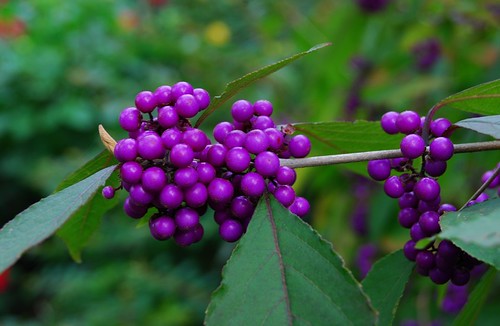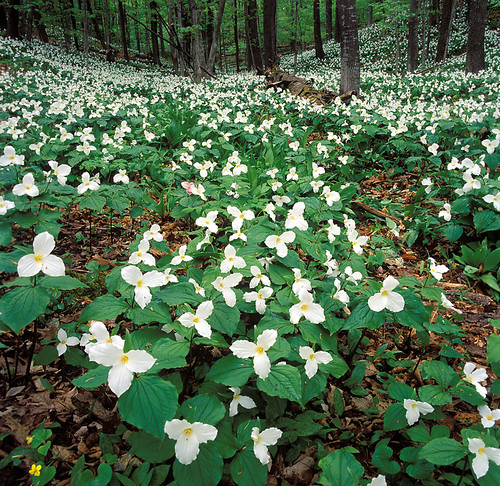
                                                  Photo by Worldman
Because male deer’, the bucks, antlers reach full growth in the fall, they want to get rid of the soft velvet that protected their antlers while they were growing. Early in the fall you may see a buck rubbing his antlers on the trunk of a tree or see evidence of the rubbing. Besides rubbing off the velvet on the antlers, later in the fall the deer can be marking his territory by rubbing trunks of trees. Bucks use glands in their foreheads to make scent markers on the trunks of trees. These rubbings are called “buck rubs.” Look for buck rubs on trees, usually one to two feet high off the ground, from September to December.
Though most trees are resilient to the buck rubs, it can be bad for the tree, especially if it is a young tree- losing bark on the tree trunk can kill a small tree. Damage that completely encircles the tree’s circumference is more deadly than damage up and down because the tree’s vascular system is just under the bark. Young trees have very thin bark that offers no protection from such damage.
You should surround the tree with a sturdy fence or barrier that can keep the male deer away from the tree trunk. A 6-foot-tall barrier of welded wire mesh, supported by 8-foot-tall rebar pounded into the ground at regular intervals around the circumference is one suggestion to keep bucks from rubbing on young trees. Another option is corrugated plastic drainpipe that has been slit along its length and placed around the trunk. While deer repellents can help prevent deer browsing, they are not very effective in controlling buck rubs.





